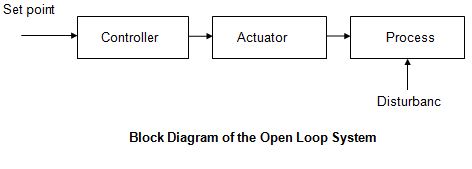Automation is the use of machines, control system
and information technology to optimize productivity in the production of goods
and delivery of services. The correct incentive for applying automation is to
increase productivity, and/or quality beyond that possible with current human
labor levels so as to realize economies of scale, and/or realize predictable
quality levels. In the scope of industrial, automation is a step beyond
mechanization. Whereas mechanization provides human operators withmachinery to
assist them with the muscular requirements of work, automation greatly
decreases the need for human sensory and mental requirements while increasing
load capacity, speed, and repeatability. Automation plays an increasingly
important role in theworld economy and
in daily experience.
Automation has had a notable impact in a wide range
of industries beyond manufacturing (where it began). Once-ubiquitous telephone
operator have been replaced largely by automated telephone switchboards and
answering machines. Medical processes such as primary screening
inelectrocardiography or radiography and laboratory analysis of human genes,
sera, cells, and tissues are carried out at much greater speed and accuracy by
automated systems. Automated teller machines have reduced the need for bank
visits to obtain cash and carry out transactions. In general, automation has
been responsible for the shift in the world economy from industrial jobs to
service jobs in the 20th and 21st centuries.
The term automation, inspired by the earlier word
automatic (coming from automaton), was not widely used before 1947, when
General Motors established the automation department. At that time automation
technologies were electrical, mechanical, hydraulic and pneumatic. Between 1957
and 1964 factory output nearly doubled while the number of blue collar workers
started to decline.
Advantage and disadvantage
The main advantages of automation are:
Increased throughput or productivity.
Improved quality or increased predictability of
quality.
Improved robustness (consistency), of processes or
product.
Increased consistency of output.
Reduced direct human labor costs and expenses.
The main disadvantages of automation are:
Security Threats/Vulnerability: An automated system
may have a limited level of intelligence, and is therefore more susceptible to
committing errors outside of its immediate scope of knowledge (e.g., it is
typically unable to apply the rules of simple logic to general propositions).
Unpredictable/excessive development costs: The
research and development cost of automating a process may exceed the cost saved
by the automation itself.
High initial cost: The
automation of a new product or plant typically requires a very large initial
investment in comparison with the unit cost of the product, although the cost
of automation may be spread among many products and over time

